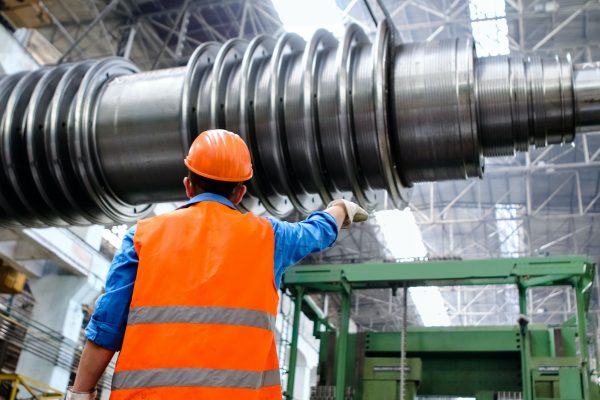News & Insights
The Effects of Implementing the New Lease Standard
May 26th, 2022
|
Accounting & Outsourced Solutions |
Outsourced Accounting Solutions |
Tax
Does your business happen to lease warehouse space, equipment, or vehicles? Do you have service contracts, supply agreements, or contract manufacturing arrangements? If so, you and your company may be impacted by the effects of the upcoming implementation of the new lease standard.
In February 2016, the Financial Accounting Standards Board (FASB) announced an Accounting Standards Update (ASU) 2016-02. After being delayed for a year, the standard is now effective for all non-public business entities for reporting periods beginning after December 15, 2021. Manufacturing companies, in particular, face some significant challenges in implementing ASU 2016-02, given the volume and diversity of leased assets in the industry.
How Will the New Lease Standard Affect Your Business?
With the implementation of ASU 2016-02, most leases will need to be recorded on the balance sheet as a finance lease.
These finance leases will lead to an increase in assets and liabilities, which could impact financial covenant calculations. There is also a tax impact along with the financial covenant implications, as the new lease standard may result in deferred tax assets or liabilities. Additionally, lease assets are subject to impairment, often reversed for tax purposes.

While many of us are familiar with recording a vehicle or building lease on the balance sheet, the new lease standard requires manufacturers to analyze service contracts, supply agreements, and contract manufacturing arrangements for any embedded leases.
Your business’s technology may have embedded leases regarding your servers, data center spaces, modems, routers, and network equipment. All these nontraditional leases need to be identified during the implementation of ASU 2016-02.
While there is certainly a lot of legwork in adopting the new lease standard for manufacturers, there are also some unapparent benefits.
By compiling the lease data, manufacturers will be better able to analyze costs and opportunities for savings. In addition, a better understanding of leasing activity can allow for better forecasting and budgeting, allowing for more informed decision-making.
What Should You be Doing?
The first step should be to accumulate lease agreements, service, and other contracts that could potentially contain a lease.
This could be particularly cumbersome for manufacturers with many production facilities across multiple locations. Thus, it is best to start accumulating and analyzing these agreements and contracts as early as possible.
Manufacturers should also review debt agreements and covenant agreements to determine if the new lease standard will negatively impact their covenants. The new standard could significantly impact many ratios, such as leverage (debt/equity) and the current ratio (current assets/current liabilities). Therefore, it is important to discuss the impacts and potential amendments to debt agreements with your lender.
Implementation for ASU 2016-02 is quickly approaching, and it is essential for your business to be prepared.
If you have any questions, the Maner Costerisan team is always here to help you understand this new lease standard implementation and get your business ready.
You can reach Maner Costerisan at maner@manercpa.com or by calling 517-323-7500.






